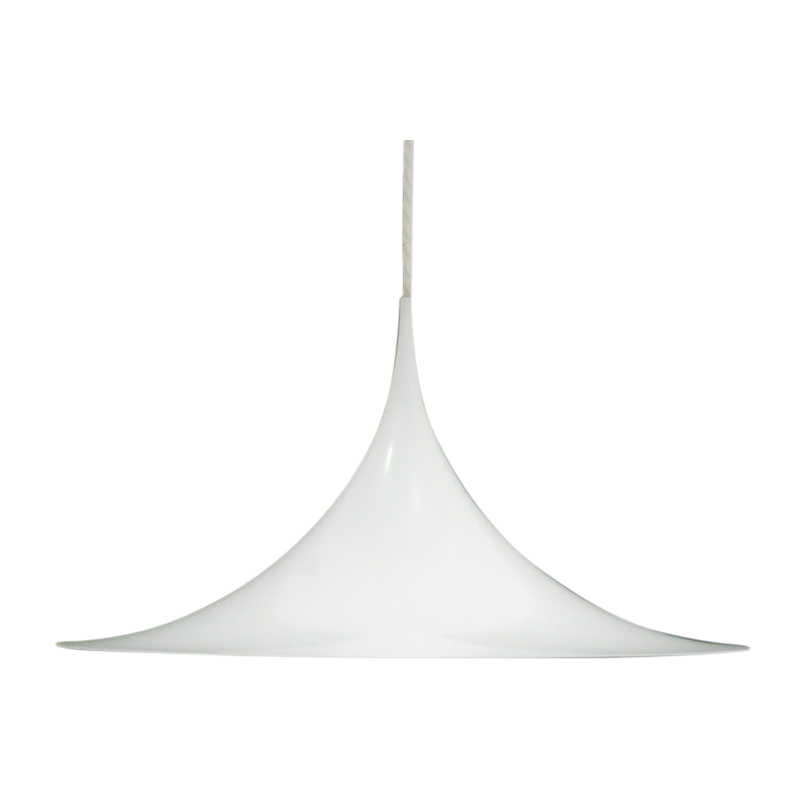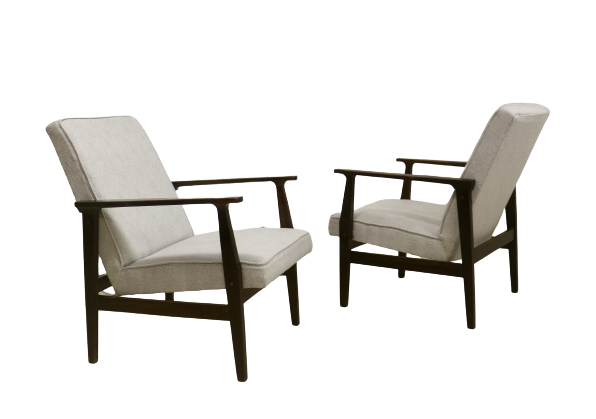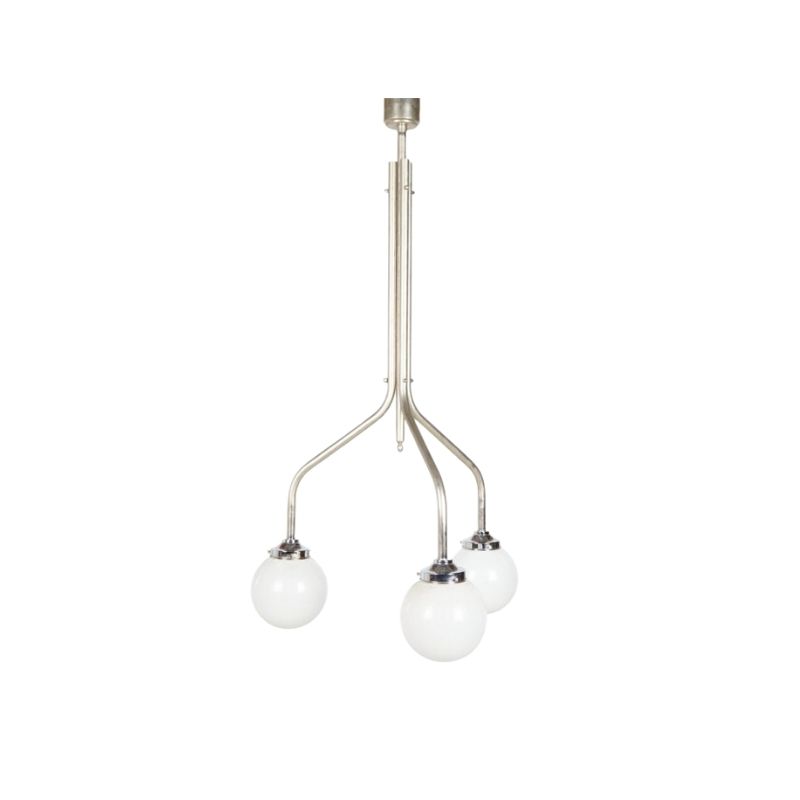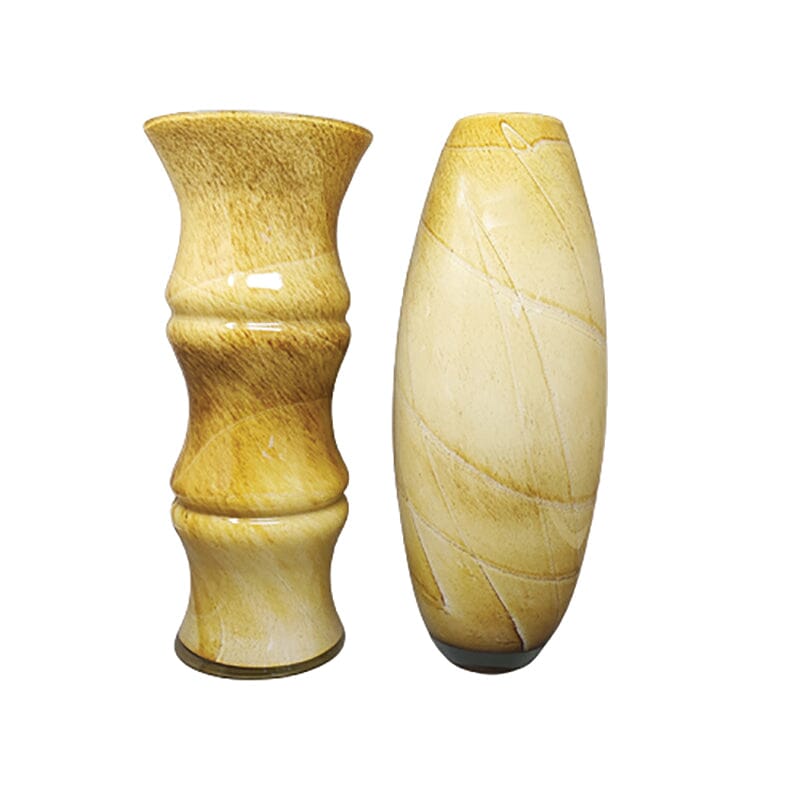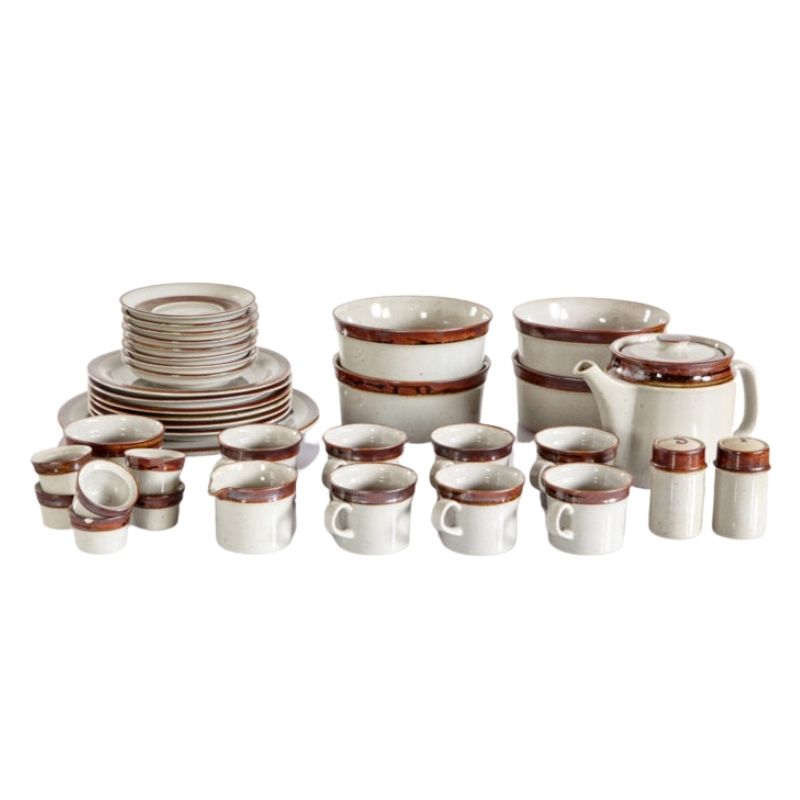Its 4am and I'm happily drinking coffee and doodling brass candlesticks (inspired by my 2 dollar purchase of some cool looking Stelton candlisticks today).
If the vase is a success why not a candlestick or candelabrum next? It strikes me that candlesticks have a similar ceremonial or emotional aspect to a vase and there is a lot of scope for creativity.
I would love...
...to participate, but...my proposal would be to make it more of an didactical project. The vase project, although very interesting started off as a number of comments on a proposal. Which is not the way a design project normally starts.
My proposal would be to follow a design method that can certainly be flexible and innovative, but that stays close to the very basics of the design method. I know this is a somewhat risky proposal because of the differences in design methods between different design disciplines, but this being an "object" I would suggest to start with the "normal" first step which is to gather a great number of existing solutions. Products are not space-specific and so they exist as one alternative amoung many many other ones. The first step is to look at these existing ones and see what we like and dislike, what is functional and what not, what is the cultural context, hoiw is it made etc. Without doing a real and professional product analysis, it is still a nice way to start and it gives at least an impression of a professional method looks like.
Why not
No problem for us to launch a new thread concerning a candlestick project. However, we cannot guarantee that we will be able to go to the end of the process. Of course, if we develop a very good project, I don't see why not proposing it to an editor.
However, I would like to insist that all our energy and enthusiasm is not diverted from the vase project towards other projects. It seems to to me really interesting to go to the end of the process with the vase, because there are still many things to learn from the next steps to come.
Of course, I understand that the initial brainstorming phase on a new object is more amusing and allows the participation of all. Myself, I must heroically resist to the temptation of attaching the candlestick projects that are in my scketchbooks. But let's follow Koen's advice, here are some images of candlesticks that I gathered quickly:
Images
Concerning the posting of images:
For those who know how to post an image, can we ask you to please resize your image so that it is not larger than 480 pixels.
For those who don't know how to post an image, you can use hosting websites like Flickr ( http://www.flickr.com) or Photobucket ( http://photobucket.com) and just cut and paste the url of your page in the link field of your message.
http://photobucket.com
This forum moves so fast....
I was still in the process of proposing different design methods and I am overrun by the response to my own proposal. If we do it that way, may I suggest that we do not post existing products without some comment on why the shown object should be considered. In other words, what is it that makes it relevant for the development of a new product.
In the case of the ones posted by Patrick it could sound like this (sorry Patrick if my interpretations are different from yours)
Ineke Hans' candelabra is an interesting product because it relies heavely on a very traditional shape but build with a small number of formal components (cylinder, cone and 90 degree bend) In doing so, and by disregarding to some extend the functions of the candle holder she achieved a very dramatic effect that has an undeniable presence. The unglazed dark clay underscores the choice of an archaïc shape, a caracteristic that is made more explicit with the rough, unfinished treatment of the clay.
Enzo Mari's are refined cilindrical holders with an interior cross that holds the candle at a safe and elegant distance from the cup that gives it a wider base and catches melting wax (stearine does not drip). The choice of black seems to be inspired by the fact that most candles are light colored or white and will therefor contrast with the candle holder. The shape and the size are both modest and the choice of a plastic (Thermosetting) material seems consistent with both security and affordability.
Just to give two exemples of possible comments that eventually will enlighten us in the formulation of a project.
I'll post some images...
I'll post some images shortly but the way I work on a design (admittedly I'm very small fish compared to Koen) but I have a list of qualities that any design has to conform to and I consider all the drawings I have made in relation to the list and might change the best drawings to conform closer to the list.
It might be useful to start with a...
candle efficiency constraint. For example, does candle shape influence duration of candle life? If yes, what shape of candle burns the longest per unit volume? Constraint: design a candle holder to work well and beautifully with that shape of candle. I supposed wick type and candle wax type are the primary determinants though.
Candle Type
How about some basic 1 inch diameter, 7 inch long dripless, smokeless, white candles. These are inexpensive and available from the ubiquitous IKEA (see USA link) and other sources. No fancy beeswax towers or tiny tea lights - just a classic candle.
http://www.ikea.com/webapp/wcs/stores/servlet/ProductDisplay?topcategory...
candlesticks are rigid things
From my experience, I find candlesticks are rigid things, both in form and in function. Here's some thoughts.
Most candlesticks assume a fixed number of candles that are burnt simultaneously, or they look unconvincing. I remember having a little argument about our 5 arm candelabra. My girl once lit two candles in the thing, 3 were left untouched. Uneven candle lenghts don't work for me, so I protested. She however approached the thing functionally: she simply wants less light at that moment.
Can a candlestick burn any number of candles (up to the maximum it can hold) and still look good in any of its configurations?
Another thing is storage. One can argue that a candlestick stores candles, especially when they aren't lit. I usually have more candles then the thing can hold. If I went to Ikea and bought the 50 candles shown, 45 would go into a drawer, the other 5 in the candelabra. But if the thing is a full time container anyway, why doesn't it hold my 45 "spare" ones?
I'd like to see a flexible device that can burn 1 candle at a time, 3, 5, maybe all 50... something that illustrates the process of burning a whole bunch of the things. It could highlight the notion of time inherent in candles, showing the burnt ones, the burning ones and the ones to be burned.
Don't want to jump to conclusions just now, but could it incorporate a dispenser? Maybe the whole thing is mechanic. Or hydraulic. If the loss of weight of a burning candle can be used to correct its loss in length, its arm lifting it up as fast as it burns down, so the tips of all candles keep the same level regardless of their length, that'd be lovely. It would save me from having another argument.

modular ?
If you want to choose yourself how many candles to burn at each time, and do not like empty/ unused places, how about creating a modular elements candlestick ?
The most classic example I can think of is the ubiquitous (yet lovely) Nagel candlestick, popular in the seventies. A more modern (quite pleasing) design:
http://charlesandmarie.com/lifestyle-gems/quintessentials/modern-living/...
spiral candle stick escalator/holder...
One problem we always have is we put out candles in places we can find them later, or they are all in a box and they rub up against each other and get scarred, or we just can't find a replacement in time when the candle burnsout at a dinner or party.
The Gatling gun phrase coupled with SDR's scrolled flower vase made me think of this: a candle stick holder that hold perhaps six or eight identical candles in a tight spiral. As one twists the candle holder in a clock wise direction the candles migrate up the spiral. When the central candle on the top of the spiral burns out, you give the spiral a twist and the next candle in line slides into the central spot on the top ready to be lit. Its kind of a beautiful way of string candles. Maybe too Rube Goldberg, but if it were made out of teak it might be pretty attractive. No, I haven't figured out the mechanism yet.
If you need any help, please contact us at – info@designaddict.com




